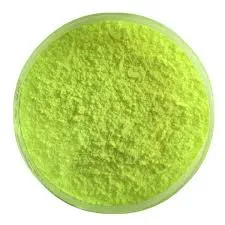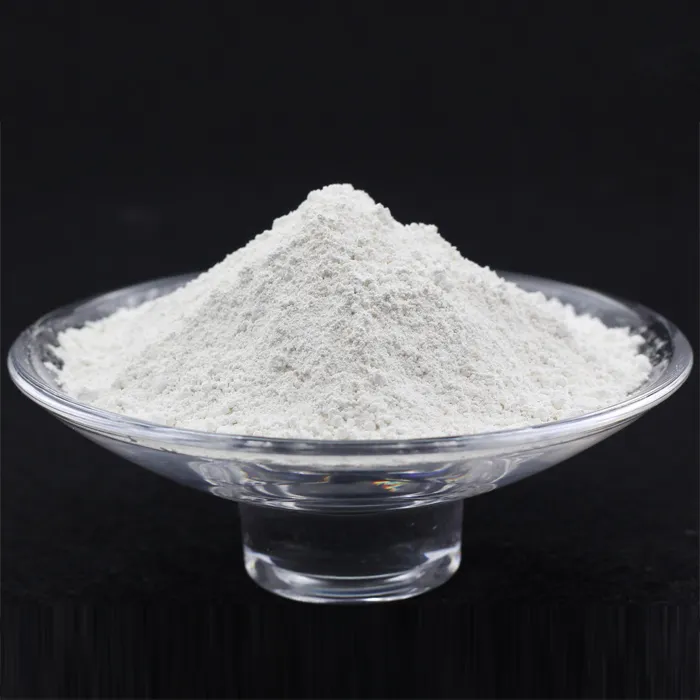- Overview of Water Disinfection Chemicals
- Key Drivers for Chemical Disinfection in Water Treatment
- Comparing Primary Disinfectants: Technical Advantages
- Vendor Comparison: Performance Metrics and Costs
- Custom Solutions for Diverse Water Treatment Needs
- Real-World Applications and Success Stories
- Future Trends in Chemical Water Disinfection

(what chemicals are used to disinfect water)
What Chemicals Are Used to Disinfect Water?
Water disinfection relies on a range of chemicals to eliminate pathogens, organic contaminants, and harmful microorganisms. Chlorine, chloramine, ozone, and chlorine dioxide are the most widely used agents globally. According to the World Health Organization (WHO), over 90% of municipal water systems depend on chlorine-based compounds due to their cost-effectiveness and residual protection. However, emerging contaminants and regulatory shifts are prompting innovation in alternative disinfectants like ultraviolet (UV) light-assisted peroxides and advanced oxidation processes (AOPs).
Key Drivers for Chemical Disinfection in Water Treatment
The global water disinfection market, valued at $6.2 billion in 2023, prioritizes chemicals that balance efficacy with safety. Chlorine remains dominant, but ozone adoption is growing at 8.4% annually due to its ability to neutralize microplastics and pharmaceutical residues. Regulatory frameworks, such as the U.S. Safe Drinking Water Act (SDWA), mandate strict limits on disinfection byproducts (DBPs), driving demand for low-DBP agents like chloramine. Meanwhile, developing regions favor sodium hypochlorite for its affordability and ease of storage.
Comparing Primary Disinfectants: Technical Advantages
Each disinfectant offers distinct benefits. Chlorine provides residual protection up to 72 hours, critical for distribution systems. Chloramine reduces trihalomethane (THM) formation by 60% compared to chlorine, aligning with EPA Stage 2 DBP rules. Ozone, with a 1.5–2.0 log inactivation rate for viruses, excels in pretreatment but lacks residual effects. Chlorine dioxide avoids bromate formation in brackish water, making it ideal for coastal municipalities. UV-based peroxides, though chemical-free, require hybrid systems for comprehensive pathogen control.
| Chemical | Efficacy (Log Reduction) | Cost per 1,000 Gallons ($) | DBP Risk | Residual Duration |
|---|---|---|---|---|
| Chlorine | 4.0–6.0 | 0.15–0.30 | High | 48–72 hours |
| Chloramine | 3.0–4.5 | 0.20–0.40 | Low | 24–48 hours |
| Ozone | 6.0–8.0 | 0.50–0.80 | None | 0 hours |
| Chlorine Dioxide | 5.0–7.0 | 0.35–0.60 | Moderate | 12–24 hours |
Vendor Comparison: Performance Metrics and Costs
Leading suppliers like Ecolab, Solenis, and Veolia differentiate through specialized formulations. Ecolab’s Klarion™ blends chloramine stabilizers to extend residual activity by 30%. Solenis’ ActiPure® ozone enhancers cut energy consumption by 22% in large-scale plants. Veolia’s AquaDis™ chlorine dioxide systems reduce operational costs by 18% compared to traditional dosing. Startups such as ClearWater Tech focus on AI-driven hybrid systems, combining UV and peroxide for 99.99% Cryptosporidium inactivation at $0.10 per 1,000 gallons.
Custom Solutions for Diverse Water Treatment Needs
Tailored disinfection strategies address specific challenges. For example, mining operations with high iron content require chlorine dioxide to prevent sludge formation. Coastal cities leverage ozone-UV hybrids to tackle saltwater intrusion and algae blooms. Modular systems from companies like Xylem enable rural communities to deploy solar-powered chlorination with <3 ppm DBPs. Pharmaceutical manufacturers opt for AOPs to degrade antibiotics without toxic intermediates.
Real-World Applications and Success Stories
Singapore’s NEWater plant uses ozone-chloramine sequential treatment to achieve 100% compliance with WHO standards. In California, the Orange County Water District reduced THMs by 45% after switching to chloramine-chlorine dioxide hybrids. A Brazilian textile mill cut wastewater disinfection costs by 32% using Solenis’ on-site ozone generators. These cases underscore the importance of context-specific chemical selection.
Future Trends in Chemical Water Disinfection
Innovations in electrochemical disinfection and nanocatalysts promise to redefine how chemicals are used to disinfect drinking water. For instance, graphene-enhanced chlorine achieves 5x faster pathogen kill rates while reducing dosage by 40%. Additionally, IoT-enabled sensors now optimize real-time chemical dosing, minimizing waste and ensuring compliance. As sustainability pressures mount, the industry is shifting toward closed-loop systems that recycle disinfectants, aligning with circular economy principles.

(what chemicals are used to disinfect water)
FAQS on what chemicals are used to disinfect water
Q: What chemicals are used to disinfect water?
A: Common chemicals include chlorine, chloramine, ozone, and chlorine dioxide. These agents kill pathogens like bacteria and viruses. Chlorine is the most widely used due to its effectiveness and low cost.
Q: What chemicals are used to disinfect the water supply?
A: Municipal water systems often use chlorine or chloramine for long-lasting disinfection. Ozone and chlorine dioxide may also be applied for specific treatment stages. These chemicals help maintain safe water quality throughout distribution networks.
Q: What chemical is used to disinfect drinking water?
A: Chlorine is the primary chemical for disinfecting drinking water globally. Chloramine (a chlorine-ammonia compound) is an alternative for reducing disinfection byproducts. Both ensure microbial safety while complying with health regulations.
Q: How do chemicals like chlorine disinfect water?
A: Chlorine disrupts pathogens' cell membranes and enzymes, neutralizing harmful microorganisms. It remains active in water to prevent recontamination. Dosage is carefully controlled to balance safety and efficacy.
Q: Are there alternatives to chemicals for water disinfection?
A: Yes, methods like UV light or ozone treatment can disinfect without chemicals. However, chemicals like chlorine are often still added for residual protection. The choice depends on cost, infrastructure, and water quality goals.

